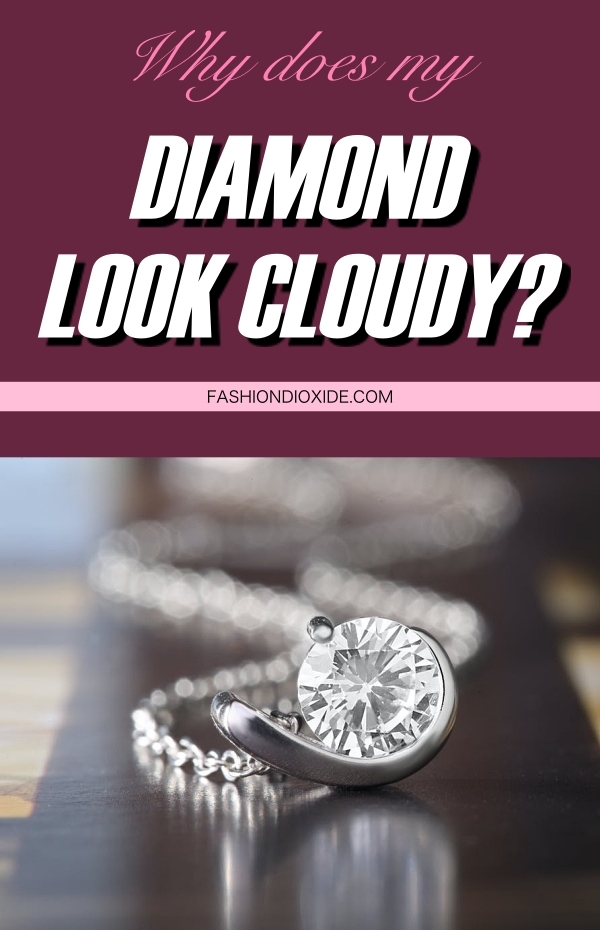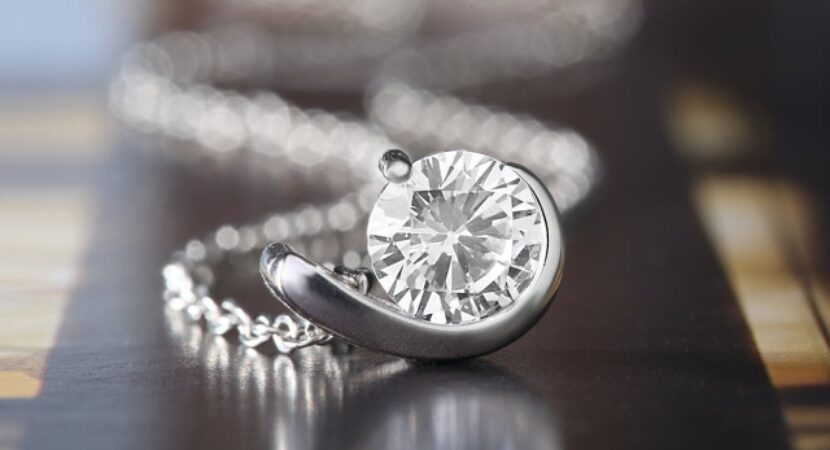
So, you’ve bought a new piece of jewelry that contains some beautiful diamonds, and even though you are more than happy with the overall design of the ring, broach, necklace or bracelet, you can’t help but notice that there is distinct cloudiness in the stones? First of all, don’t worry, you are not imagining things! Many GIA certified diamonds have what the industry terms as inclusions. These are different types of imperfections that affect the appearance of a gemstone in different ways. To give you a better idea of what kind of things you should be looking out for, here are some of the most common inclusions that diamonds have, including those which can make them look cloudy.
Bearding

These are little hair-like lines that can often occur during the diamond cutting process. They extend from the girdle into the surface of the stone, and if a diamond happens to be heavily bearded, it will often look from a distance to be somewhat grey and fuzzy, similar in look to a stone that has been scratched.
Clouding

As the name suggests, clouding is the inclusion that will be most common for stones that appear fuzzy. This happens when there are clusters of pinpoints and crystals that are very close in the meat of the diamond, and this density leads to a visual look of cloudiness because the light transition isn’t as smooth as when compared to a completely flawless, smooth diamond. If the diamond you are buying is more than one carat in weight, it will always come with a GIA report that details a diagram of where the cloudiness in the stone is.
Feathering

Feathering refers to small cracks or fractures that might be present in the diamond. You can’t always see feathering, as it often only reveals itself from certain angles and after very close attention is paid by eye. In a lot of cases, you cannot actually see feathering in a diamond until a direct light source is concentrated on the area in question. The more severe a feather gets, the more visible it is without direct light, and the more clouded it will make the diamond look.
Graining

Graining is something that is caused by irregular crystal growth, and internal graining especially can result in a diamond looking hazy or milky. Other visible symptoms include streaks and faint lines and depending on the light, these can also look more like reflections and creases that go against the natural lines of the cut and shape.
Cavity

Just like a person’s tooth, a cavity on a diamond is a large or deep opening that has been created on the surface of the stone. These are often created during the polishing process, and besides lacking smoothness, a diamond that has a cavity also runs the risk of picking up debris, dirt, and oils that will make the stone even darker and the hole more visible.
It is standard practice that the inclusions will have been taken into account in the value of your diamond, so you need not worry that you have spent too much on a less than perfect stone!

Reply